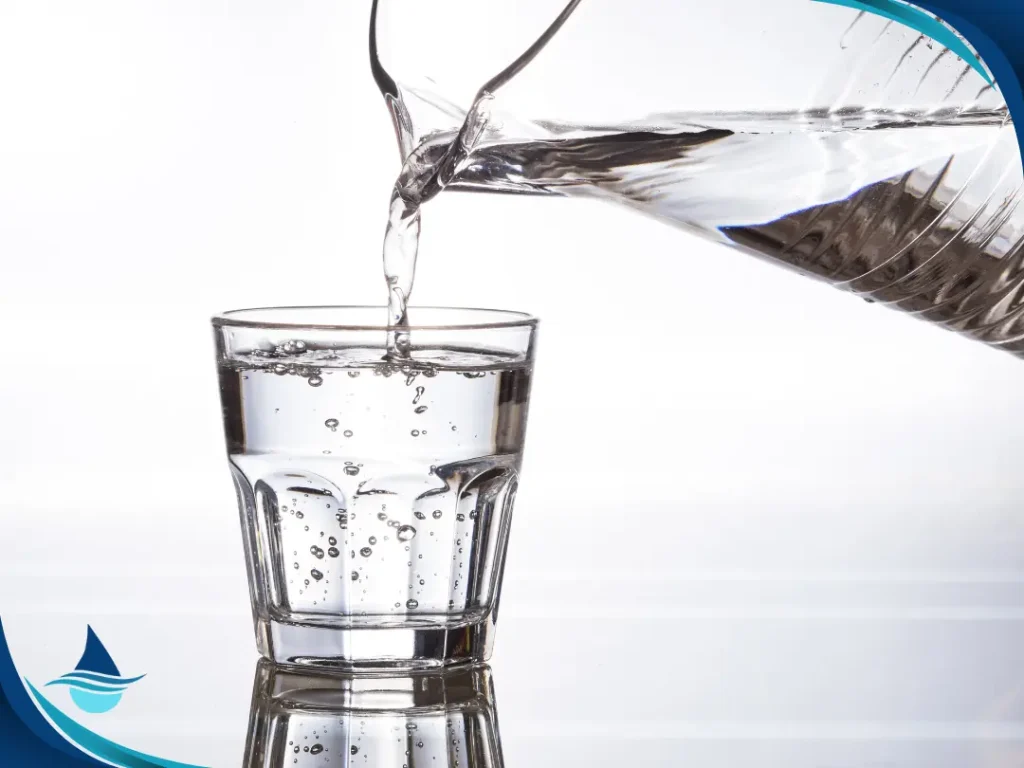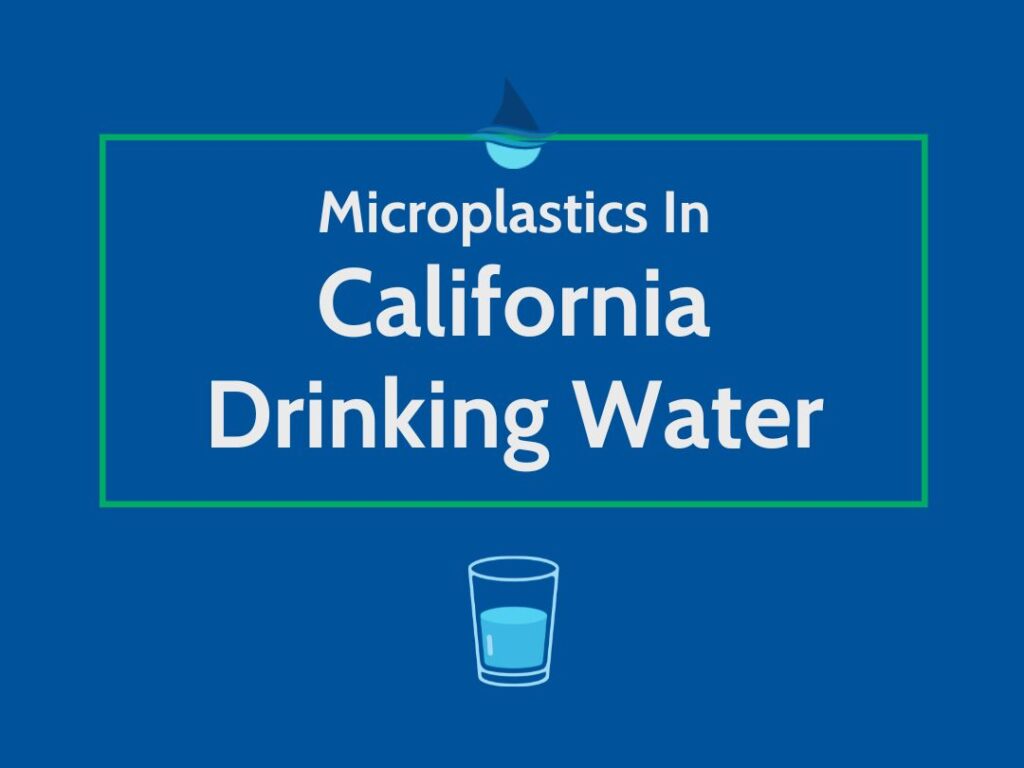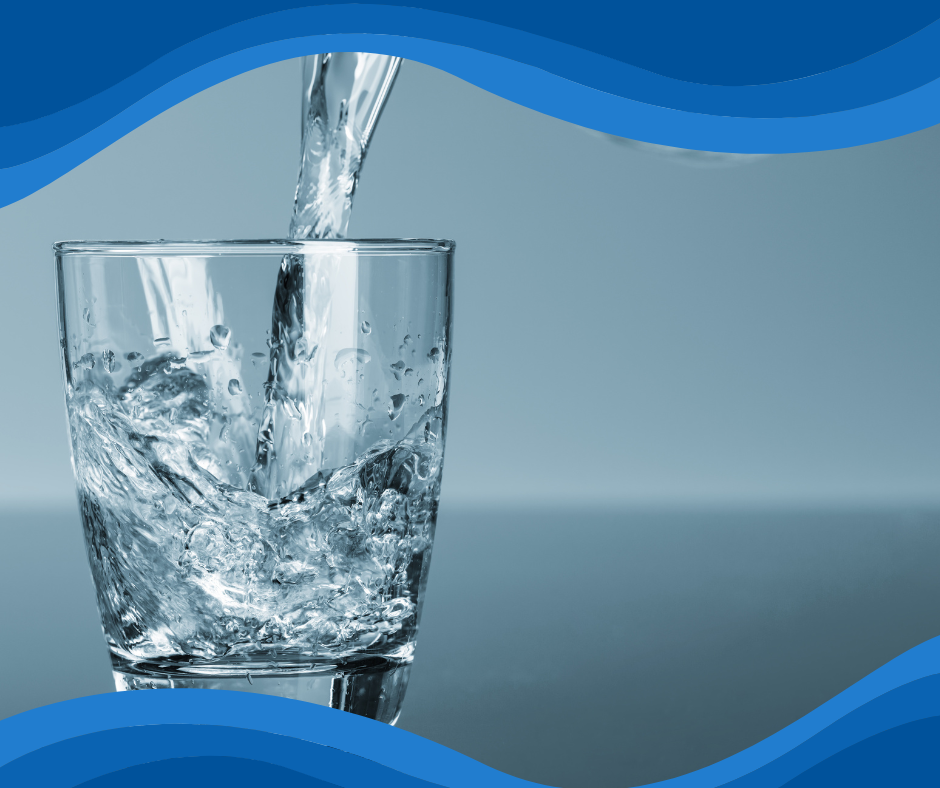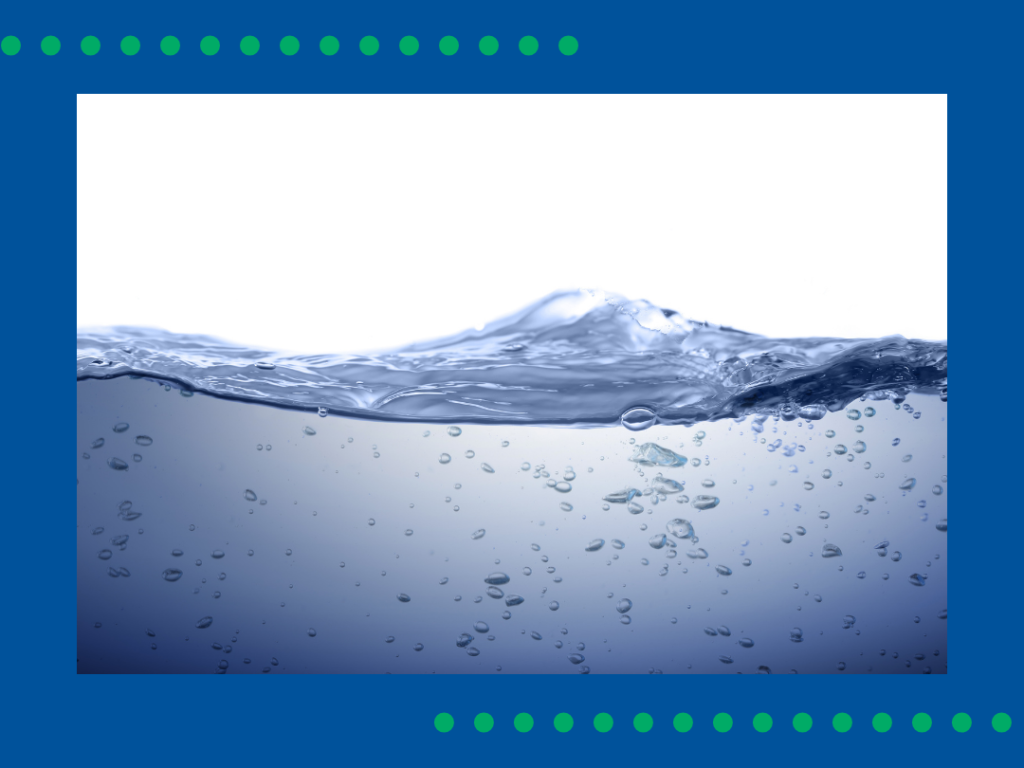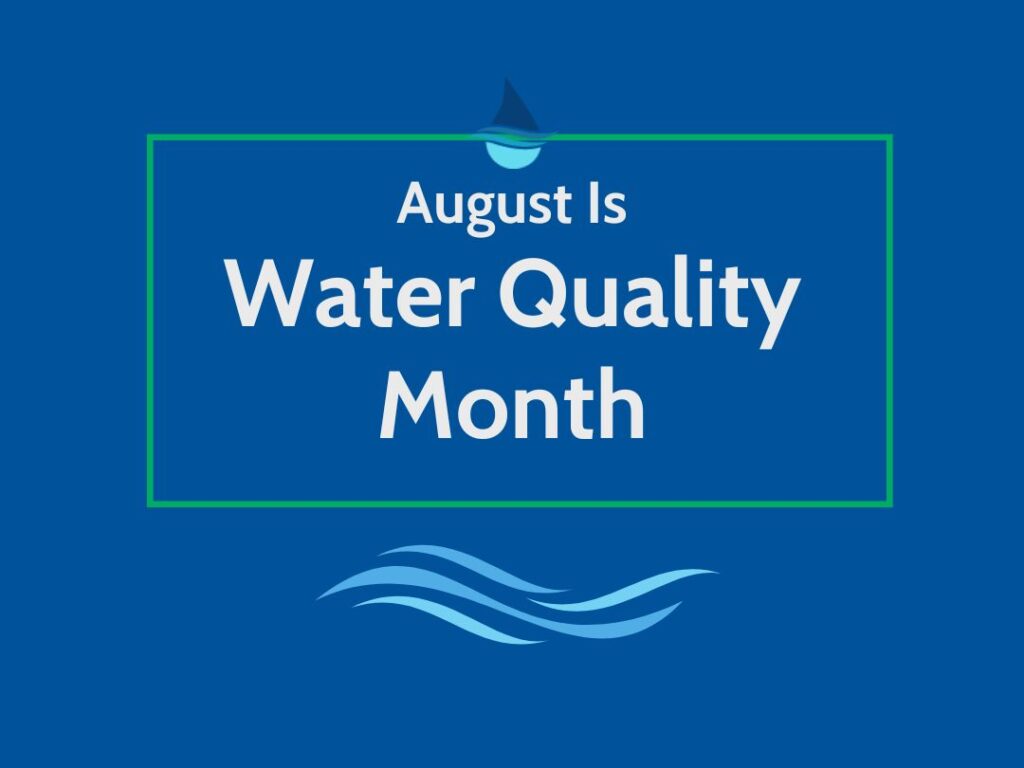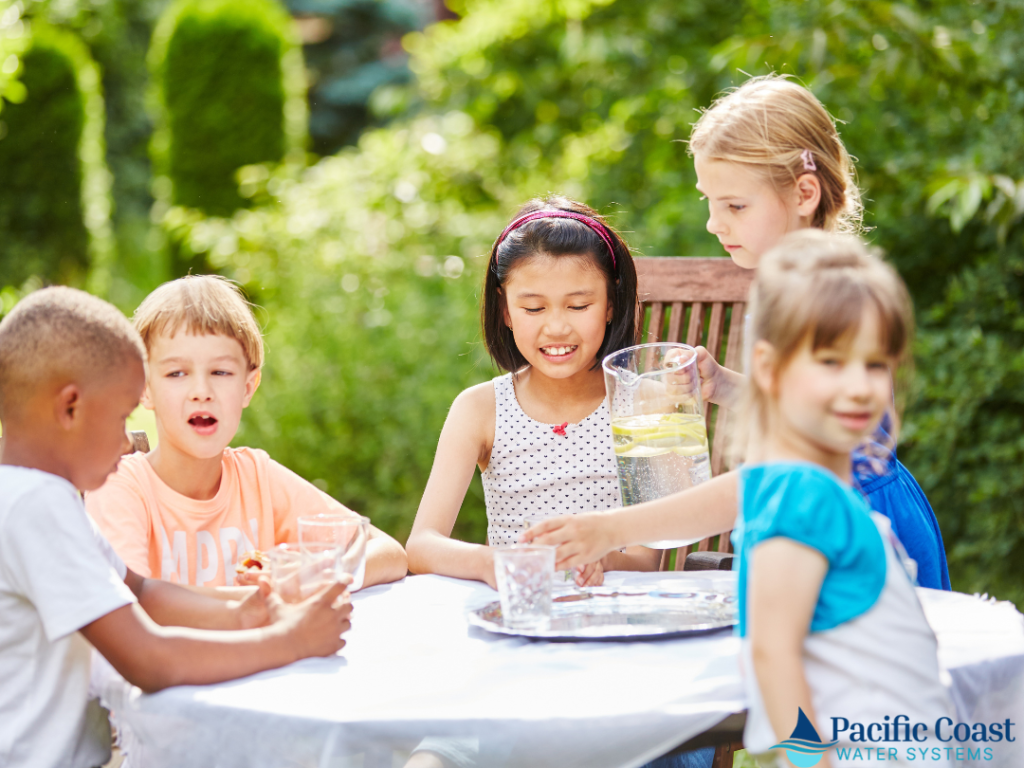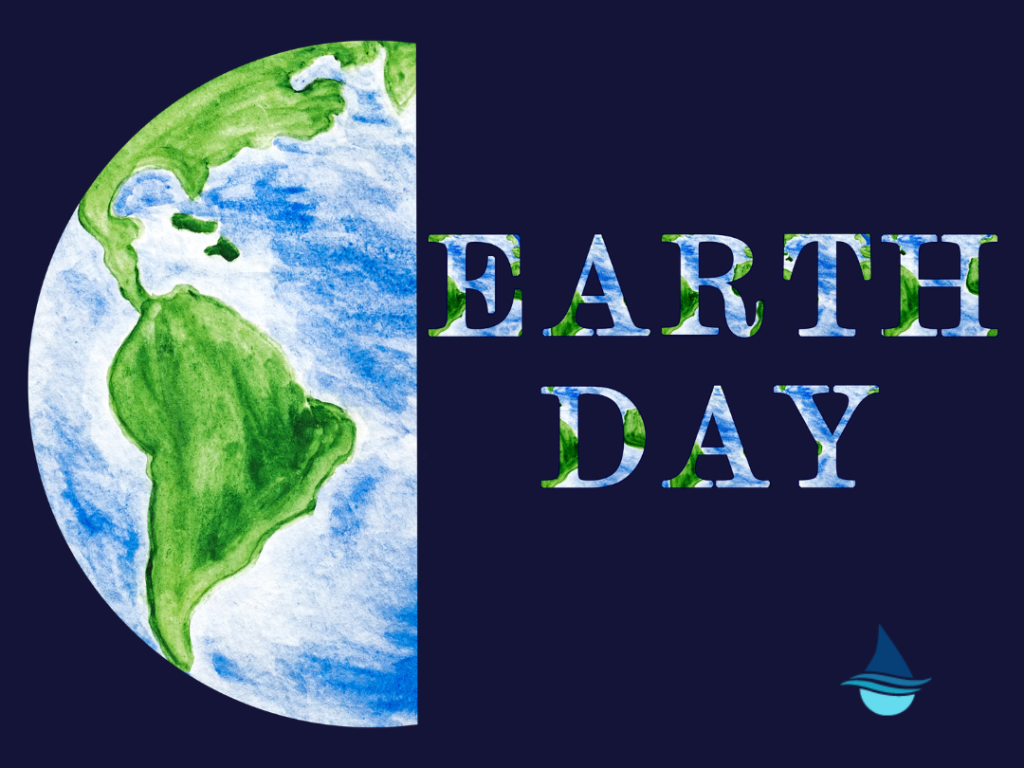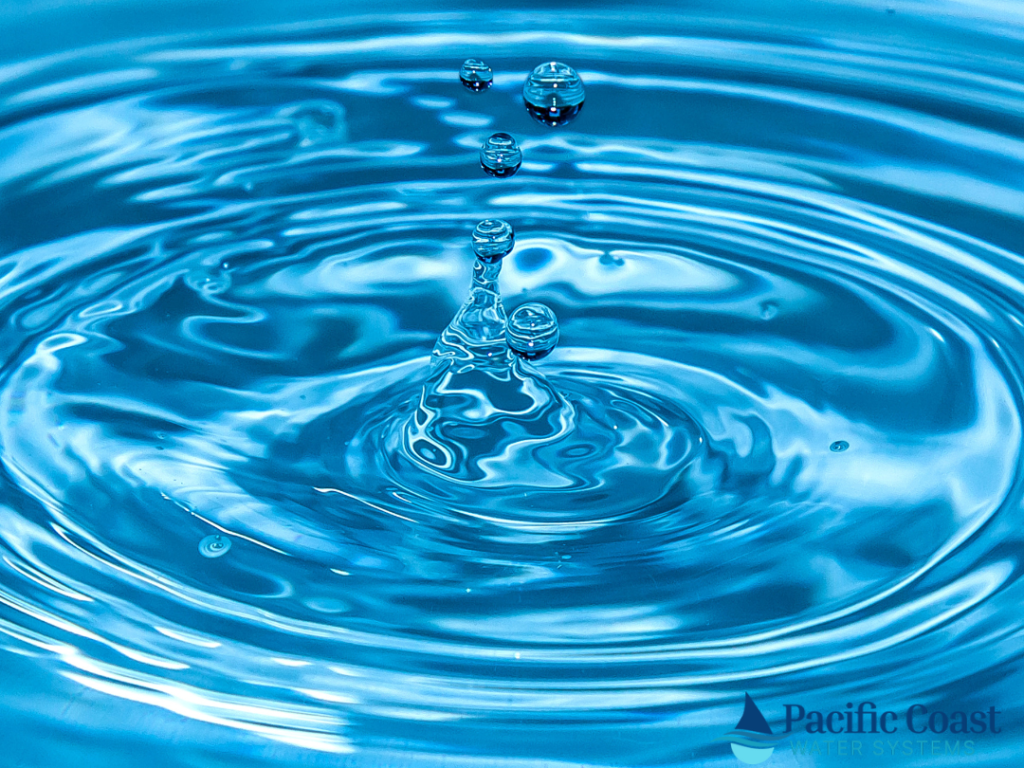Does Your Home Need a Water Softener?
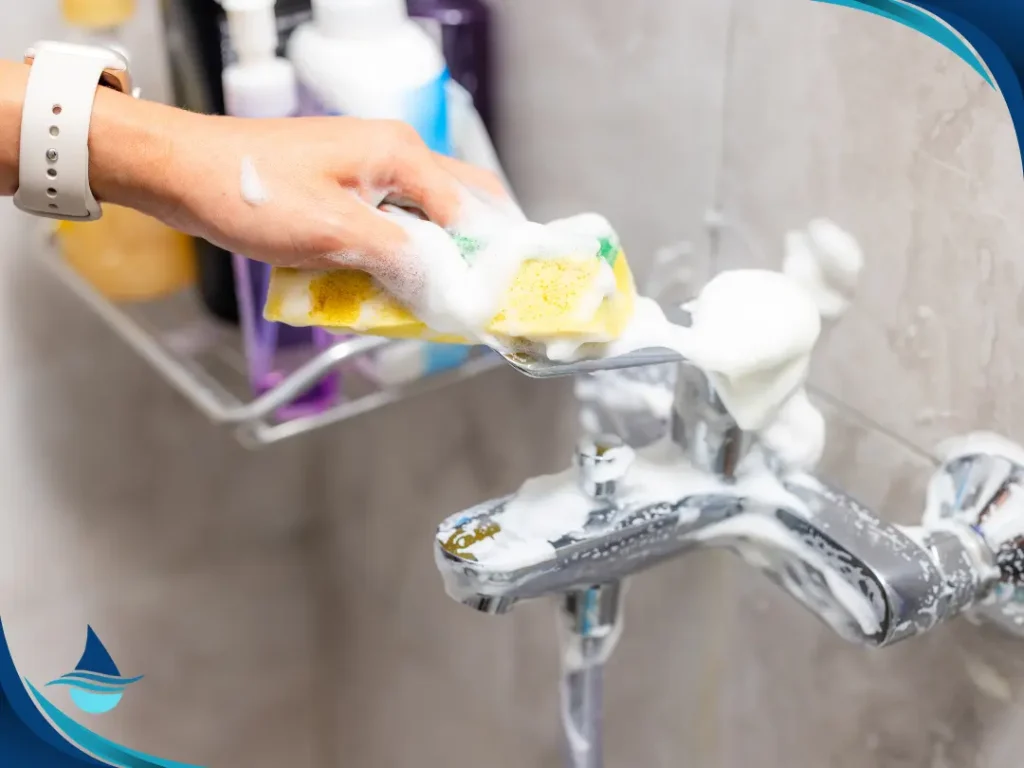
If you’re living with it, and millions of households in the United States are, you probably already know the signs of hard water. Water stains on glassware and fixtures, dull hair and dry skin, appliances that need to be prematurely replaced – these are just a FEW of the symptoms of hard water! If you’re dealing with this and more, then your home may need a water softener, and you’ll wonder why you waited so long to get one.
What is hard water?
Hard water is water that has high mineral content. Groundwater absorbs this mineral content from rocks and soil. The most common hard water minerals are calcium and magnesium – they make soap less effective, but they also create a limescale buildup.
Is hard water dangerous?
No, hard water doesn’t pose any health risks, but it significantly affects day-to-day life in your household. Dishes look like they were never cleaned due to a dotted haze left behind. Clothes that were just laundered feel like sandpaper. And, your shower or sink fixtures may have a white, chalky film on them.
Maybe worse is the limescale buildup we were just referring to. When it occurs within your pipes, it reduces water pressure and water flow, negatively impacting the efficiency and lifespan of any water-using appliances. Your energy bills go up and so do your appliance repair bills or appliance replacement costs!
Your home might need a water softener if:
- Your clothing easily fades.
- You notice dry hair and skin – and those with conditions like psoriasis or eczema will see an increase in outbreaks.
- Your sinks and bathtubs are stained.
- You notice a rise in your water bills.
- You buy more soaps and detergents just to get your body, hair or clothing to feel or look clean.
Get the best water softener for your home with Pacific Coast Water Systems
If your home needs a water softener, we have solutions for you! Our home water softeners work to remove hard water minerals and leave you with softened water that is going to change the way you take care of your household on a daily basis. Available for lease or purchase, our products will have you seeing an immediate change in your water!
When you buy any Pacific Coast Water System, you’re adding equity to your home. Or, when you get soft water delivery for a low monthly fee, we take care of everything – you get all the benefits of soft water without having to lift a finger!
The investment is worth every penny – and we will work with you every step of the way to help determine your household water needs and which soft water system is right for you!
For over 60 years, our business has been helping people get the high quality water they need and deserve. Are you next? Contact us today to learn more!



